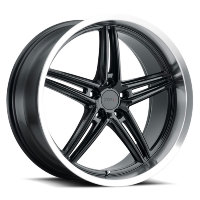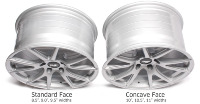Hello all.
Just a question really, firstly how many are running JJ rated and your experience with them against buckles and cracks agains those using normal J rated alloys with the same experience. I have had double figures of alloys on my T4 some of which are massively load rated and have cracked due to not having the additional J profile on the inner edge which has happened more than once. My current JJ rated BBS splits take a hammering every day and have always balanced well han held air. Why oh why are more of the heavier rated rims not JJ rated, they are so much better.
Hope this all makes sense
Just a question really, firstly how many are running JJ rated and your experience with them against buckles and cracks agains those using normal J rated alloys with the same experience. I have had double figures of alloys on my T4 some of which are massively load rated and have cracked due to not having the additional J profile on the inner edge which has happened more than once. My current JJ rated BBS splits take a hammering every day and have always balanced well han held air. Why oh why are more of the heavier rated rims not JJ rated, they are so much better.
Hope this all makes sense



